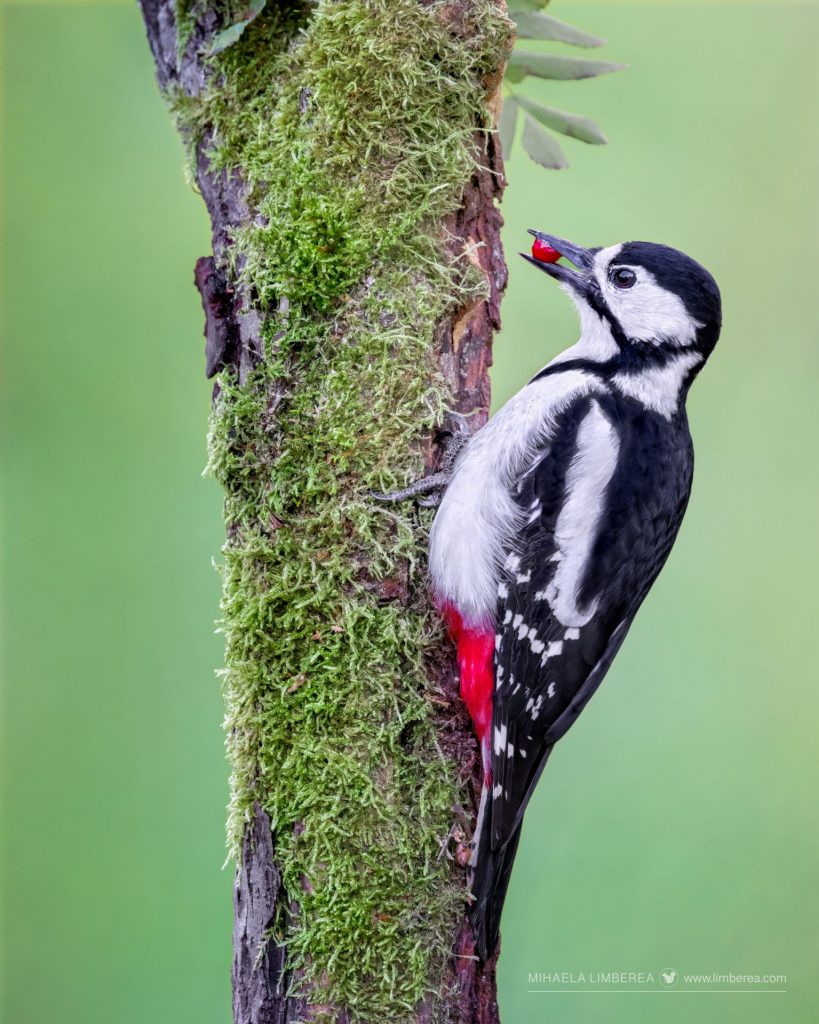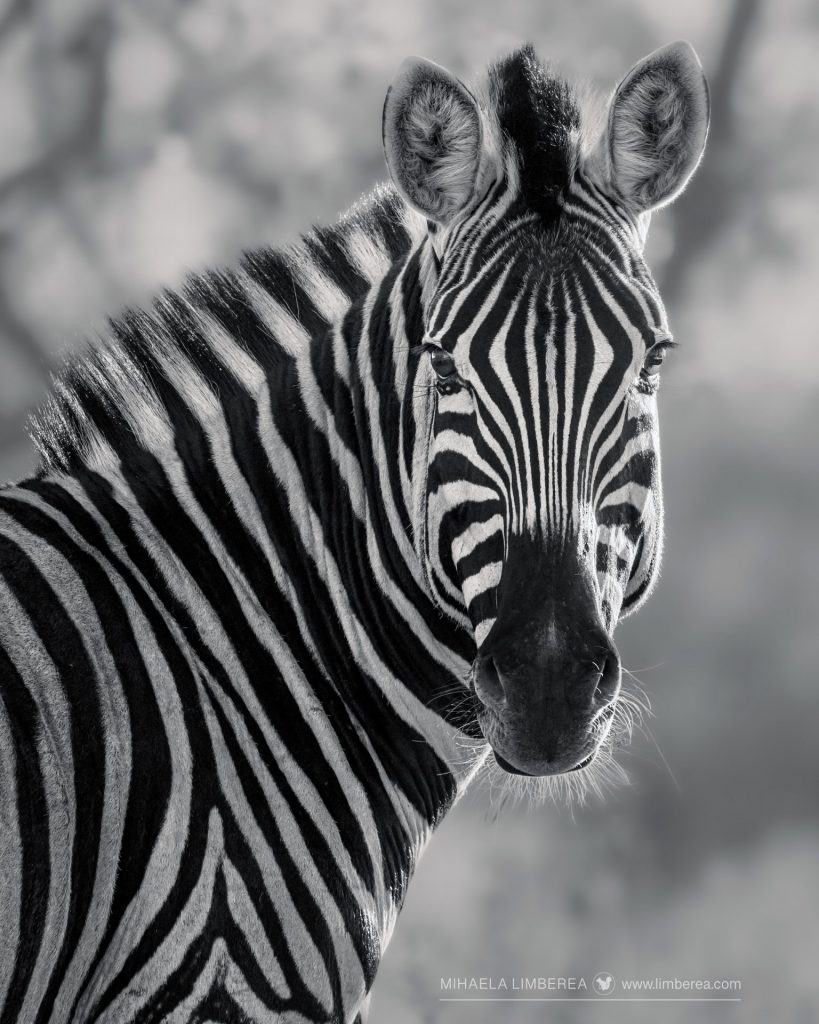
Happy International Zebra Day!
*
🦓Zebra (Equus quagga)
📸 Canon R5 & Canon RF100-500mm F4.5-7.1 L IS USM
📍Lapalala Wilderness Reserve, South Africa
Related Posts
If you liked this post, share it on your preferred social network or forward it to a friend.

















